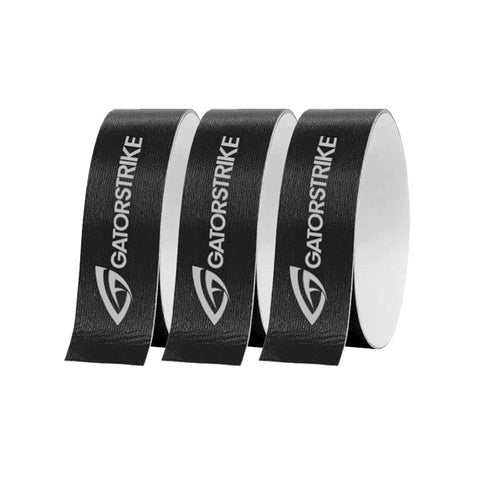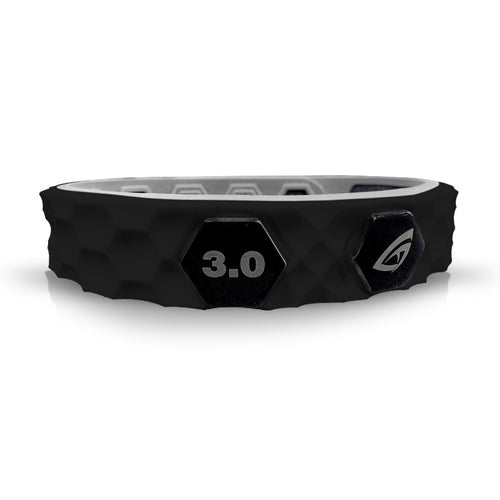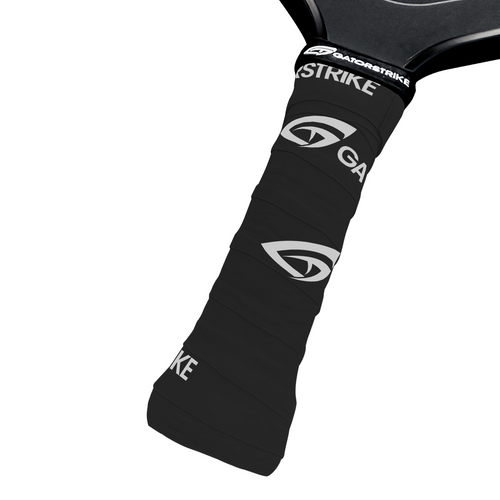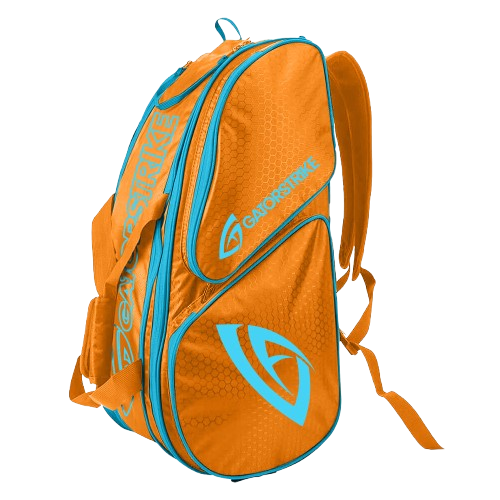
Analyzing Professional Pickleball Matches: Key Takeaways for Amateur Players
Share
Pickleball has rapidly evolved from a backyard pastime to a high-intensity sport with professional leagues, elite tournaments, and highly skilled players showcasing strategic mastery. For amateur players, analyzing professional pickleball matches offers invaluable insights into improving their own game. From shot selection and positioning to mental fortitude and teamwork, there are numerous takeaways that can be applied on the court.
1. The Art of Shot Selection: When to Drive, Drop, or Dink
One of the most noticeable differences between professionals and amateur players is shot selection. Pros know when to use aggressive drives, when to execute precise dinks, and when to deploy a strategic third-shot drop.
-
Third-Shot Drop: A soft, controlled shot that lands in the opponent’s non-volley zone (kitchen), forcing them to hit upwards. This allows the serving team to advance to the net and take control of the rally.
-
Power Drives: Professionals use drive shots selectively, often aiming at an opponent’s paddle-side hip to force weak returns.
-
Dinking Patience: Pro players engage in prolonged dink rallies, waiting for the perfect moment to attack rather than forcing an aggressive shot too early.
Amateur Takeaway: Watch professional matches to see how they mix up their shots and apply different strategies based on their opponent’s weaknesses.
2. Court Positioning and Movement Efficiency
Elite players are not just reactive; they move with intention. Their positioning determines their ability to control the court and dictate the pace of play.
-
Staying at the Kitchen Line: Pros work hard to get to the non-volley zone as soon as possible, maintaining an offensive stance.
-
Split-Stepping: Before reacting to a shot, professionals take a small, balanced hop to prepare for rapid movement.
-
Efficient Lateral Movement: Instead of taking big steps, pros use quick, small steps to adjust their positioning without losing balance.
Amateur Takeaway: Instead of constantly running around the court, focus on controlled movements and positioning to stay balanced and prepared for the next shot.
3. Communication and Doubles Teamwork
In doubles, professional players demonstrate exceptional communication skills. They use verbal and nonverbal cues to anticipate each other’s moves and avoid unforced errors.
-
Calling Shots: Clear and confident communication prevents confusion, especially on middle shots.
-
Stacking Strategy: Many professional doubles teams use stacking (positioning both players on one side before the serve or return) to maximize their strengths and avoid weaknesses.
-
Covering the Court: Pros instinctively know when to switch positions, cover lobs, or shift laterally to maintain strong court coverage.
Amateur Takeaway: If you play doubles, practice calling shots early and working on seamless movement with your partner to avoid gaps on the court.
4. Mental Toughness and Strategy Execution
Professional players do not just rely on physical ability—they have strong mental discipline and a deep understanding of game strategy.
-
Patience in Rallies: Pros do not rush to end points; they wait for high-percentage opportunities.
-
Bouncing Back from Mistakes: They reset quickly after errors instead of dwelling on them.
-
Adjusting Game Plans: The best players adapt their strategy mid-match based on what is or isn’t working.
Amateur Takeaway: Stay composed, trust your strategy, and focus on the next point instead of dwelling on past mistakes.
5. Studying and Applying Pro Techniques
One of the best ways to learn is to actively watch and analyze professional matches.
-
Watch with Purpose: Instead of just enjoying the match, focus on specific aspects such as shot selection, movement, or doubles communication.
-
Slow Motion Replays: Study how top players execute shots, especially tricky ones like drop volleys or ATP (Around The Post) shots.
-
Practice What You Learn: Try to incorporate at least one pro-level technique into your own game after watching a match.
Amateur Takeaway: Treat pro matches like a masterclass—observe, analyze, and apply what you learn to elevate your own gameplay.
Final Thoughts
Professional pickleball matches offer a treasure trove of learning opportunities for amateur players. By focusing on shot selection, movement, communication, mental toughness, and strategic execution, you can accelerate your progress and play smarter, more effective pickleball. The next time you watch a pro match, take notes, observe patterns, and bring those insights onto the court—your game will thank you for it!












